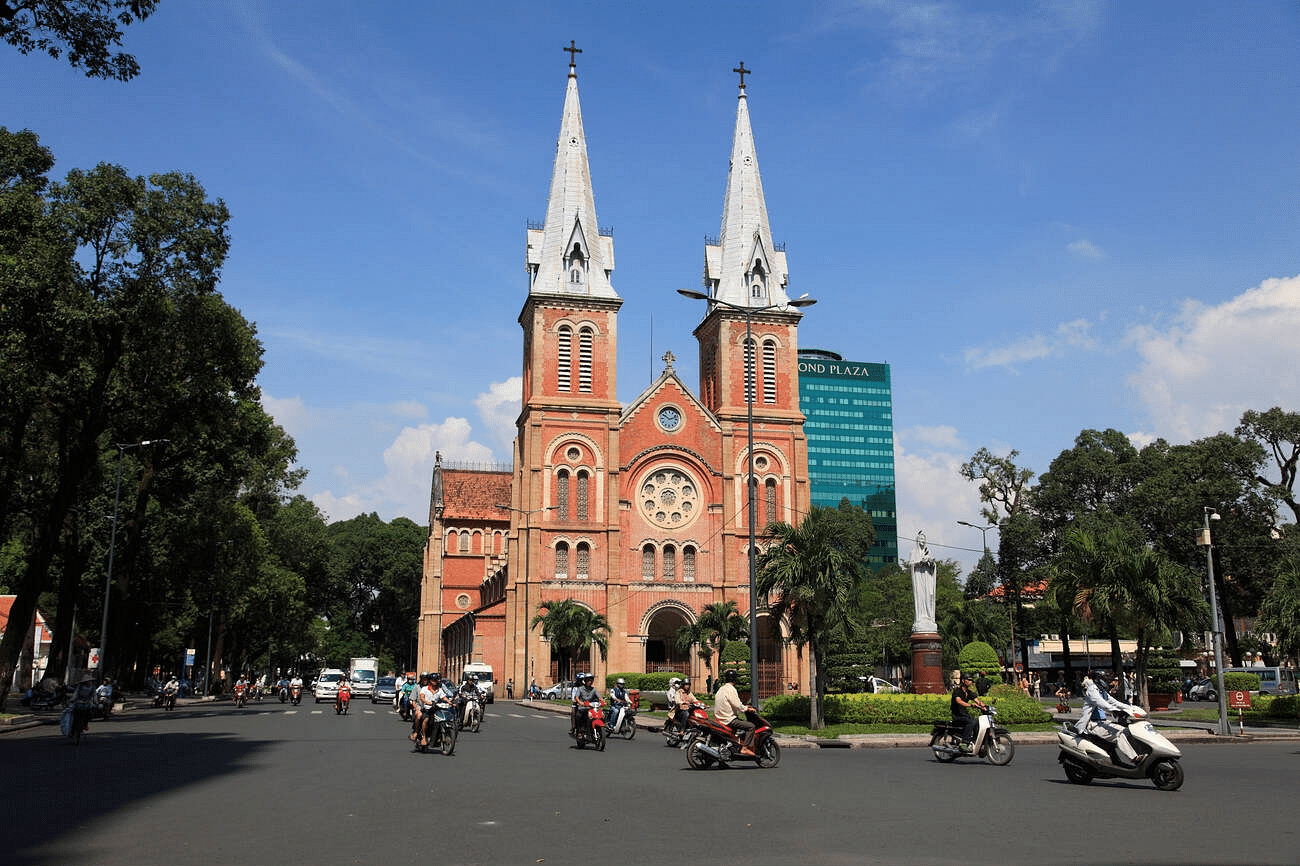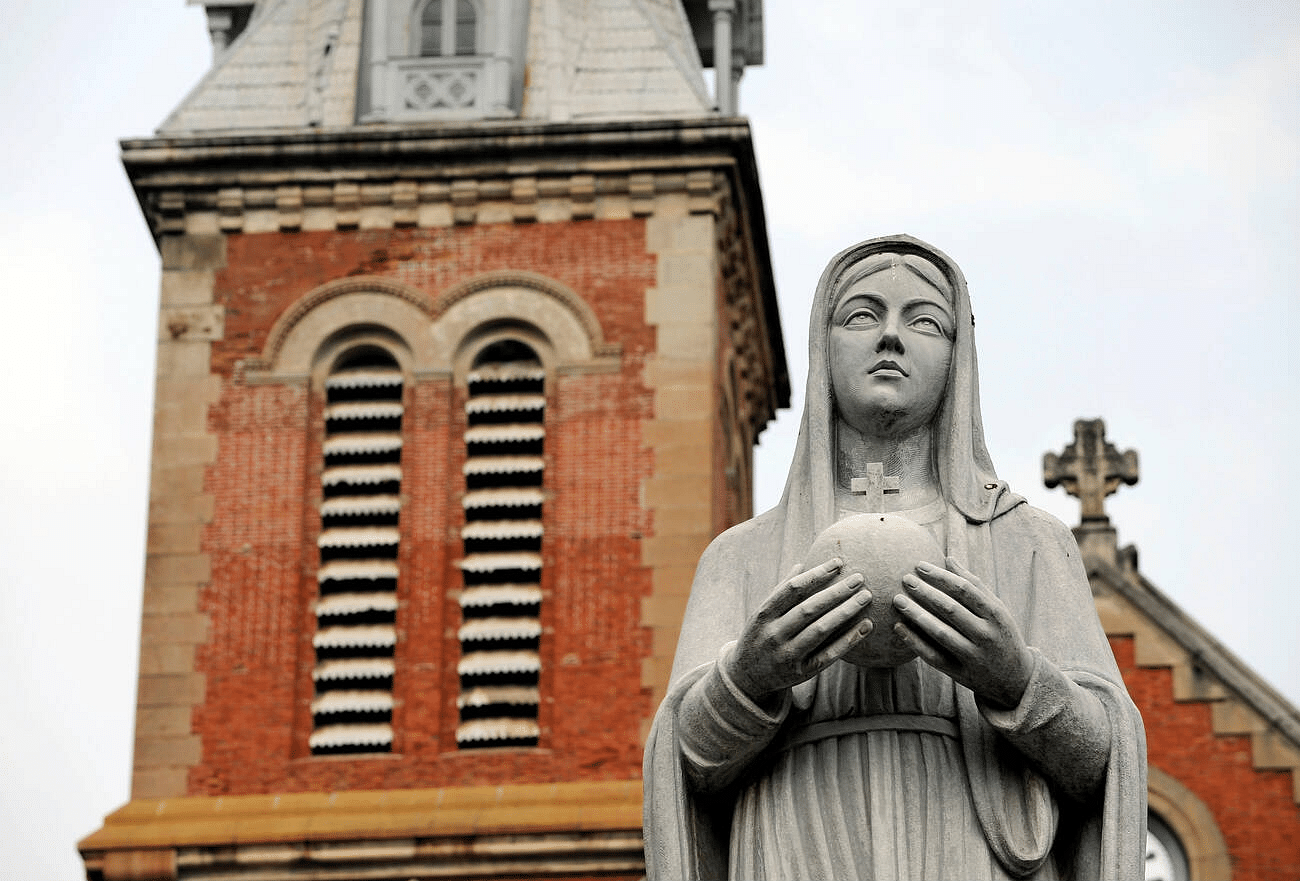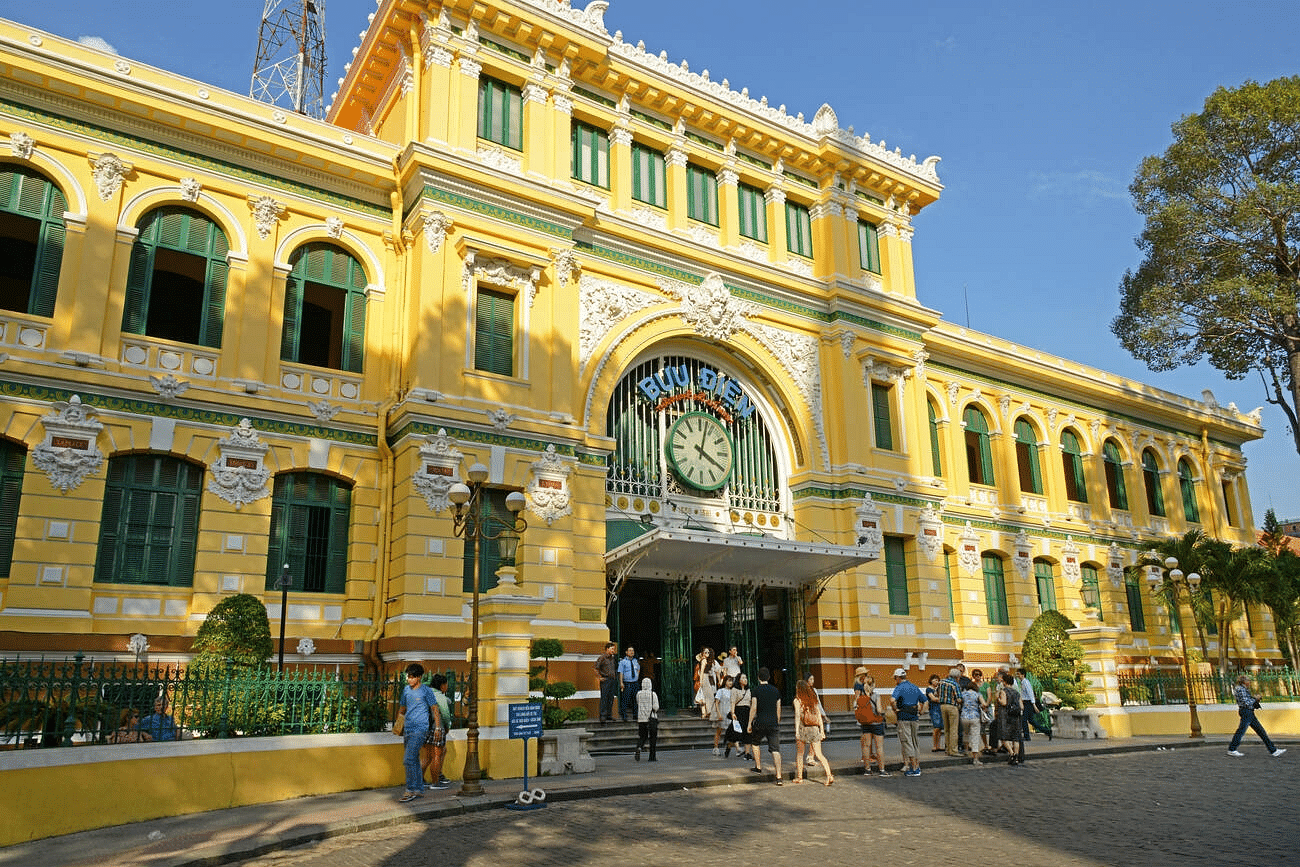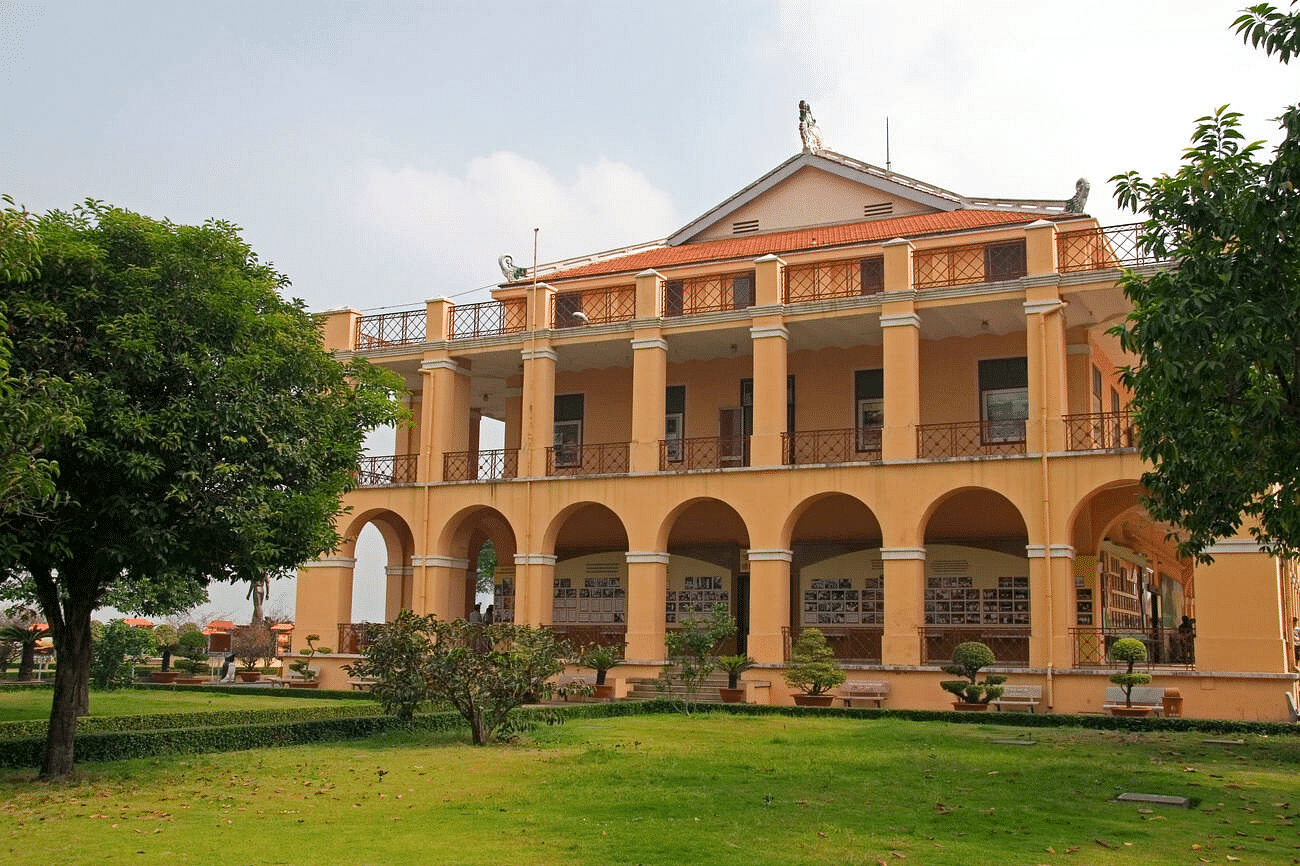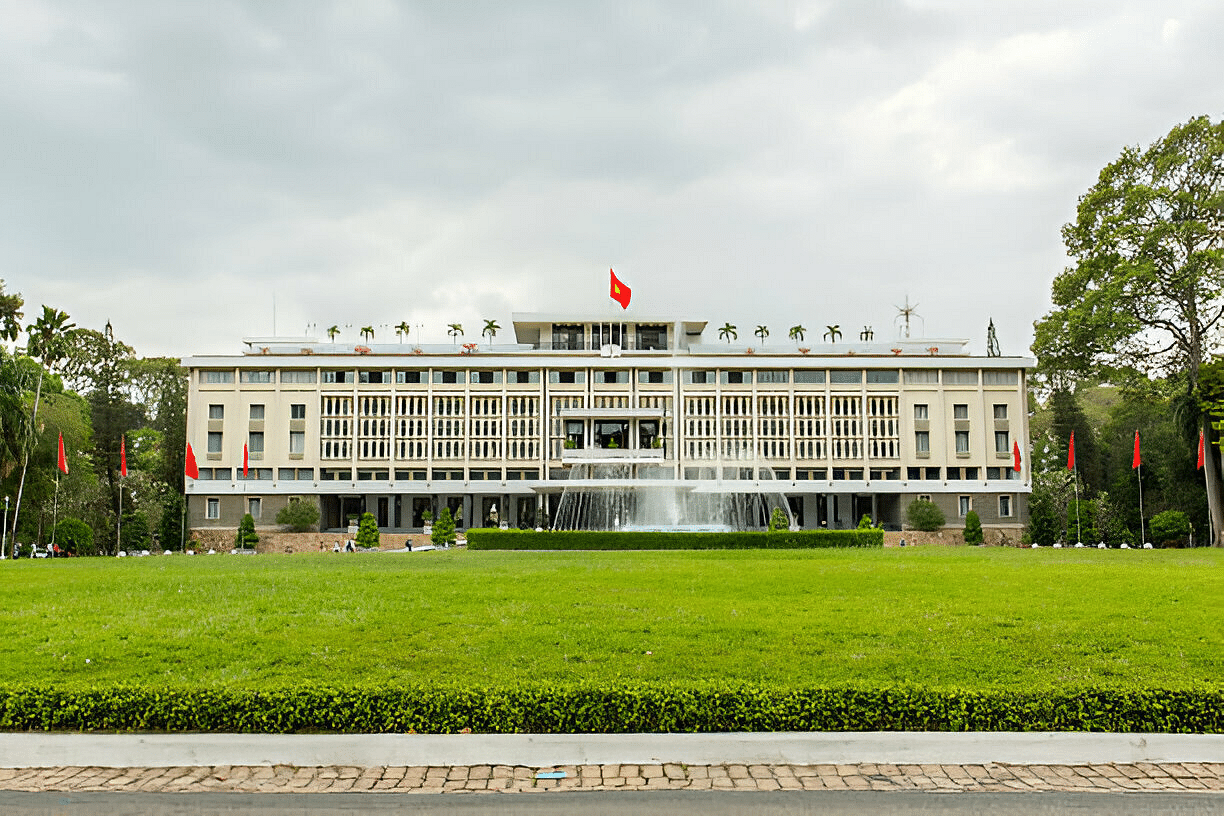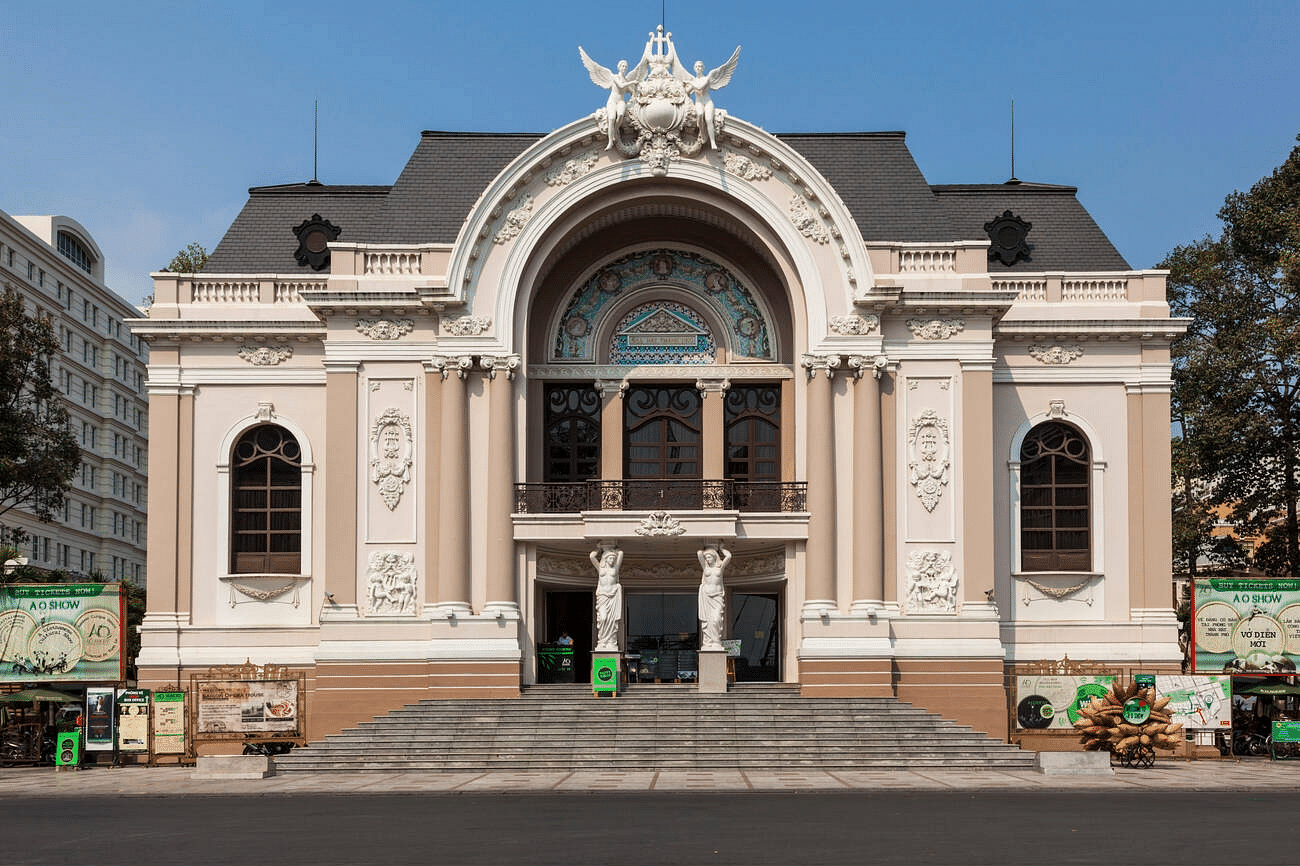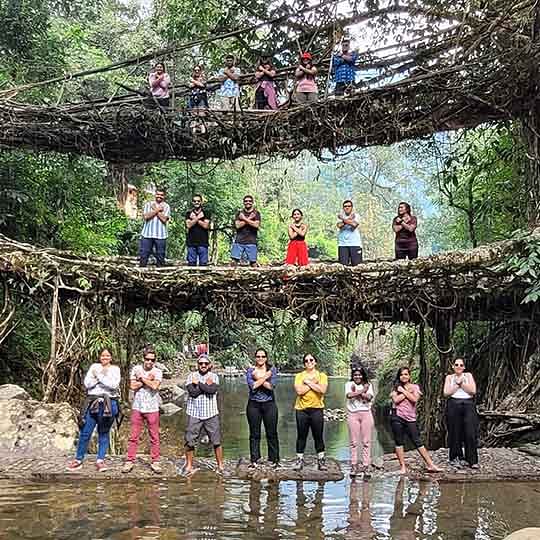Wondering what the two towering red-brick spires are that pierce the skyline in Ho Chi Minh City? Yes, then you have spotted Notre Dame Cathedral of Saigon. One of the oldest as well as the tallest buildings of the city is one of the best places to visit in Ho Chi Minh.
Included in your Vietnam tour packages, officially known as the Notre Dame Cathedral Basilica of Saigon. Built between 1877 and 1880 by the French, it showcases stunning neo-Romanesque architecture with its signature red-brick façade, twin bell towers, and stained-glass windows. You will be amazed to know that its material was especially imported from France.
In this blog, we will discuss everything related to the Notre Dame Cathedral of Saigon. So whether you are a history buff or not, the details of this place will for sure fascinate you. What are you waiting for? Let’s start!
What is the history of Saigon Cathedral?
The history of Notre Dame Cathedral of Saigon is much more than just a story. Standing tall in the heart of Ho Chi Minh City, the Notre Dame Cathedral of Saigon is more than a church. It's a living relic of Vietnam's French colonial era. With its red-brick charm and solemn bells, it quietly echoes stories of faith, empire, and resilience.
Here’s how its story unfolded:
- 1877–1880: Construction began under French architect J. Bourard, using materials imported from France, including the iconic red bricks from Marseille.
- Originally called the "State Church", it symbolised colonial power and European architectural grandeur.
- 1962: The cathedral was elevated to a basilica by Pope John XXIII, gaining its official name: Notre Dame Cathedral Basilica of Saigon (also known as the Basilica of Our Lady of the Immaculate Conception).
- Over time, it became a major religious and historical landmark, especially during the Vietnam War, when it served as a gathering point and refuge.
- Today, it remains one of the most visited places in the city and a key stop for anyone exploring the history of Notre Dame Cathedral Ho Chi Minh City construction.
Architecture of Notre Dame Cathedral of Saigon
The architectural style of Notre Dame Cathedral, Saigon, is a stunning example of Neo-Romanesque design with Gothic influences, built entirely with materials imported from France. Its twin bell towers, soaring 58 meters high, are visible from many parts of Ho Chi Minh City and have become an iconic symbol of the city’s colonial past.
Look closely and you’ll see the red bricks used in the façade were imported from Marseille, still holding their colour after more than a century. The cathedral’s interiors feature beautiful stained glass windows, arches, and carved wooden altars that reflect both French craftsmanship and religious grandeur.
This unique blend of European architecture in Vietnam sets the Notre Dame Basilica Saigon apart as not just a place of worship, but a true architectural landmark. It’s a must-see for anyone interested in design, history, or photography.
Plan Your Visit to Cathedral Notre Dame Saigon
Here are the details you should know before planning your visit to Notre Dame Basilica Saigon:
Notre Dame Cathedral of Saigon Visiting Hours
The Notre Dame Cathedral of Saigon's visiting hours start from 6:00 AM to 6:00 PM. During these hours, you can click pictures, admire the architectural beauty. But for Mass services, on weekdays, 5:30 AM and 5:00 PM, whereas on Sunday: 5:30 AM, 6:45 AM, 8:00 AM, 9:30 AM (often in English), 4:00 PM, 5:30 PM.
Read More: Adventure Activities in Vietnam 2025: Discovering The Thrill of Adventure
How to Reach Notre Dame Cathedral of Saigon?
The architecture of Notre Dame Cathedral of Saigon is very intricate, and you can pick your preferred mode of transportation to reach the destination. Here are some of the most viable options for your consideration:
- By Bus: The nearest bus stop to Notre Dame Cathedral of Saigon is Nhà Thờ Đức Bà - 1 Công Xã Paris, which is just 7 meters away and takes less than 1 minute to reach on foot. 03, 04, 05, 14, 18, 19, 30, 31, 36, 45, 50, 93, 120, these are the bus numbers that will drop off at this bus stop.
- By Car: The Notre Dame Cathedral of Saigon is around 11 km away from the city centre. It takes around 45 minutes to cover this distance by car. You can also book cab or taxi to reach here.
Best Time to Visit Notre Dame Cathedral of Saigon
The best time to visit Notre Dame Cathedral of Saigon is from December to April. The temperature during these months ranges between 22-34°C. Thus, it’s neither too sunny, rainy, or cloudy, providing the perfect atmosphere to explore the Cathedral Notre Dame Saigon. However, you can visit early morning and late afternoons for pleasant temperatures and softer lighting, perfect for photography and leisurely exploration.
Things to Do at Cathedral Notre Dame Saigon
Here is the list of things to do at Notre Dame Cathedral of Saigon for you. Once you’re done learning the history of Notre Dame Cathedral of Saigon, some of the activities that you can try include:
- Visit nearby cafes: As the Cathedral is located in the middle of the House of Chi Minh City, there are numerous cafes around. Grab your cup of Vietnamese coffee and sit in any corner of the Church, enjoying the beauty.
- Feed the pigeons: The Cathedral is the site of numerous pigeons visiting. You can’t just let go of such a beautiful opportunity, right? Carry a small piece of bread with you and feed these pigeons.
- Visit Paris Commune Square: Paris Commune Square is just nearby. Visit to experience a calm and soothing environment. Whoever you’re visiting the Church with, make sure they accompany you as well.
- Attend Mass hours: You must not avoid visiting the Cathedral without attending Mass, especially if you’re a Catholic Believer. The Church hosts Mass during fixed hours on weekdays and weekends.
Read More: 12 Top Cafes in Ho Chi Minh City to Explore
Places to Visit Near Notre Dame Cathedral of Saigon
Your trip to the Cathedral isn’t complete without a visit to these nearby places:1. Saigon Central Post Office
The unique architecture of Saigon Central Post Office makes it popular among tourists. Built during the French Indochina era of Vietnam, the French, Gothic, and Renaissance influences are available even today.
- Distance from the Cathedral: 0.1 km
- Location: 125 Hai Ba Trung, Ho Chi Minh City 70000 Vietnam
2. Ho Chi Minh City Museum
The best European-style architecture in the city is at the museum. You can witness local artifacts and learn how the Ho Chi Minh City Museum became commercialized over the years.
- Distance from the Cathedral: 0.43 km
- Location: 65 Ly Tu Trong, Ben Nghe ward, District 1, Ho Chi Minh City 70000 Vietnam.
A site of great historical importance in Vietnam. This place served as the residence of the President of South Vietnam during the Vietnam War.
- Distance from the Cathedral: 0.49 km
- Location: 106 Nguyen Du District 1, Ho Chi Minh City 700000 Vietnam
4. Ho Chi Minh City Opera House
Eugene Ferret is the architect of the building who brought the Ho Chi Minh City Opera House to life in 1879. After its restoration in 1995, the place is still used today. It has a capacity of 500 seats.
- Distance from the Cathedral: 0.57 km
- Location: 7 Lam Son Square, Ben Nghe Ward, District 1, Ho Chi Minh City, Vietnam
Read More: 15 Beautiful Temples in Vietnam That Showcase Its Culture
Quick Tips to Visit Notre Dame Cathedral of Saigon
- The dress code for Notre Dame Cathedral, Ho Chi Minh, is modest clothes.
- You need to cover your shoulders and knees before entering here.
- You must avoid taking photographs with flash during Mass hours.
- Visit the Notre Dame Basilica Saigon early if you wish to avoid crowds during the peak hours.
- After you’re done exploring the Cathedral, you can sit by the adjacent coffee shops and enjoy the beauty.
- Be mindful of the mass timings and then visit accordingly.
Visit this true representation of Vietnamese beauty with WanderOn, the Notre Dame Cathedral of Saigon is a major tourist attraction. Standing tall even today, we can see the history of the transformation of Ho Chi Minh City. This must be on your list whenever you’re booking your trip to Vietnam to learn more about the heritage and culture.






